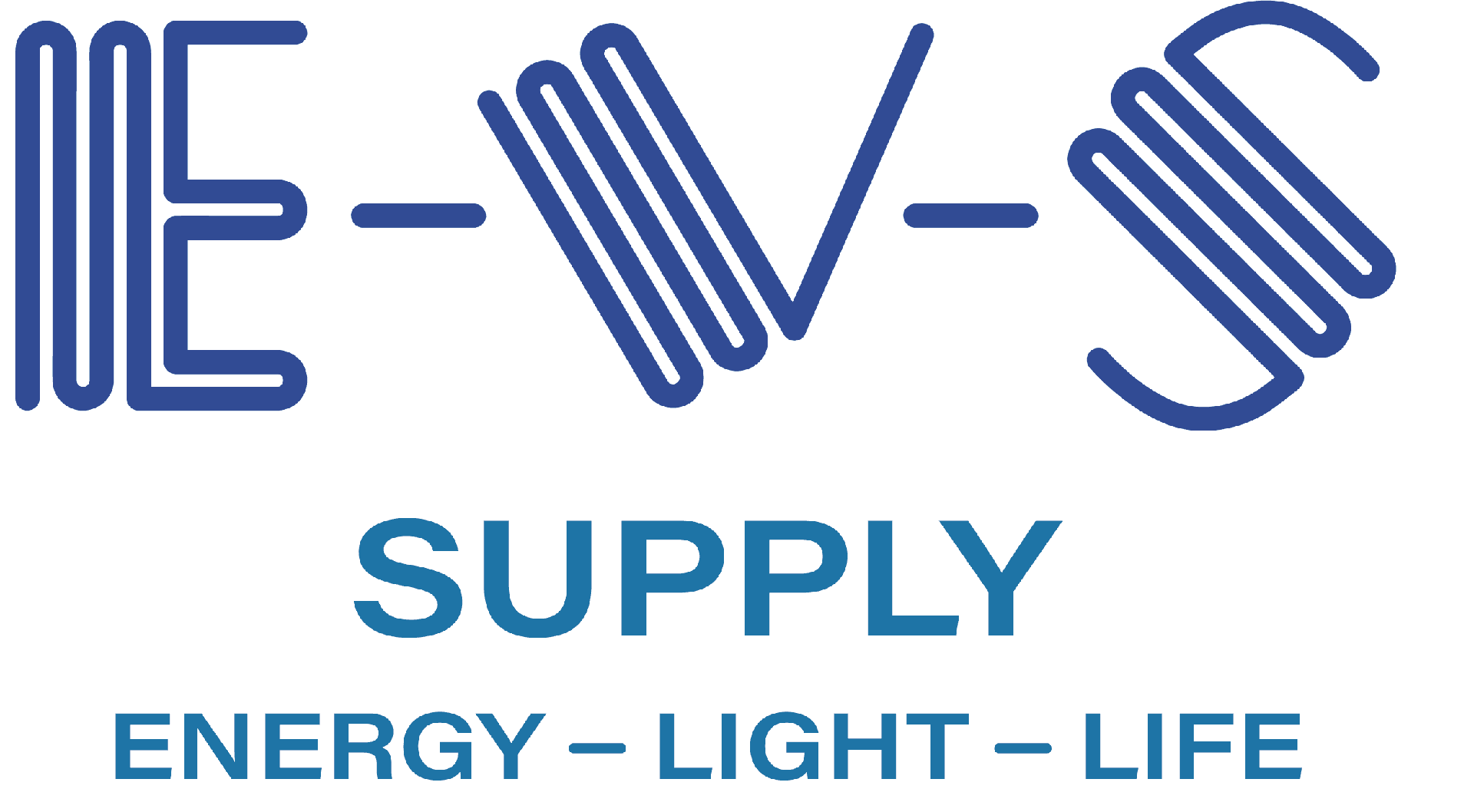Passivation for Extended Battery Life in IIoT Devices
Leave a CommentAs the adoption of Industrial Internet of Things (IIoT) devices continues to rise, the need for long-lasting, reliable batteries becomes increasingly important. These devices, often deployed in remote or extreme environments, require extended battery life to minimize maintenance and replacement costs.
Lithium thionyl chloride (LiSOCl2) batteries have become the go-to choice for long-term deployments due to their high energy density and capacity. Their unique properties make them well-suited for powering IIoT devices that demand consistent, reliable power over extended periods.
This blog delves into passivation in LiSOCl2 batteries, examining its effects on battery life and discussing how managing this process can enhance IIoT device performance.
What Is the Passivation Effect?
Passivation is a phenomenon that occurs in LiSOCl2 batteries, where a thin film forms on the surface of the lithium anode. This protective layer helps reduce self-discharge, effectively prolonging the battery’s life. However, excessive passivation can hinder energy flow, decreasing performance when the device requires high power output.
Understanding the passivation effect and finding the right balance between passivation and energy flow is crucial for optimizing battery performance and longevity in IIoT devices.
The Bottle Analogy
To help visualize the relationship between passivation and energy flow, consider the following analogy using two bottles with different-sized openings:
One bottle has a small opening (representing high passivation), while the other has a larger opening (representing low passivation). The bottle with the small opening takes longer to empty, signifying a low self-discharge rate. However, pouring the liquid out quickly when needed is also challenging, indicating restricted energy flow. Conversely, the bottle with the larger opening empties faster (higher self-discharge) but allows for more accessible and rapid liquid flow when required.
In LiSOCl2 batteries, passivation acts as the small opening in the bottle analogy. It helps preserve battery life by minimizing self-discharge but can also restrict energy flow when high power output is necessary.
Bobbin-Type vs. Spiral Wound LiSOCl2 Batteries
There are two primary types of LiSOCl2 batteries: bobbin-type and spiral wound. The main differences between these batteries lie in their construction and performance characteristics.
Bobbin-type batteries feature a simple, cylindrical design that offers low self-discharge rates and long shelf life. They are ideal for low-power applications where longevity is a priority.
On the other hand, spiral wound batteries have a more complex construction that enables higher power output. However, this increased output capability may come at the expense of reduced battery life due to higher self-discharge rates.
Combining Low Self-Discharge With High Pulses
A frequent issue with LiSOCl2 batteries in IIoT devices is balancing low self-discharge while providing high pulses when required. One approach to addressing this issue is incorporating a hybrid layer capacitor (HLC) into the battery design.
HLCs can store and rapidly release energy, enabling high-pulse performance without compromising the battery’s lifespan. This low self-discharge and high-pulse capability make HLC-equipped LiSOCl2 batteries an excellent choice for many IIoT applications.
Detecting and Managing High Passivation
Detecting high passivation levels in LiSOCl2 batteries can be challenging, as the symptoms often resemble those of a depleted battery. This makes it essential for manufacturers to closely monitor and manage passivation during production.
Conducting thorough research and comparing competing battery brands is crucial to ensure you select the best battery for your IIoT devices. A manufacturer that prioritizes passivation management can help guarantee extended battery life and improved device reliability.
Enhance Your IIoT Devices With EVS Supplys Custom Battery Solutions
At EVS Supply, our deep understanding of battery passivation and commitment to delivering high-quality LiSOCl2 batteries make us the ideal partner for your IIoT deployment! Our team of experts is dedicated to providing tailored battery solutions that cater to your unique application requirements.
Contact us to learn more about our customized battery solutions today. We’ll power your IIoT devices together to achieve optimal efficiency and reliability!
